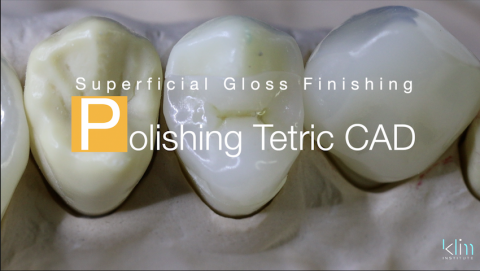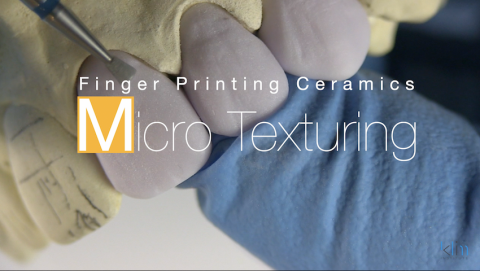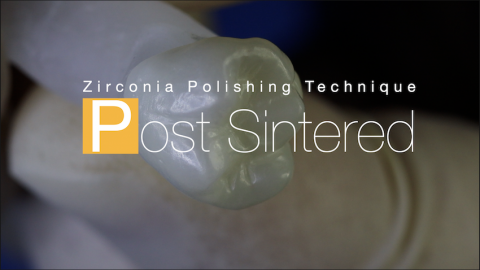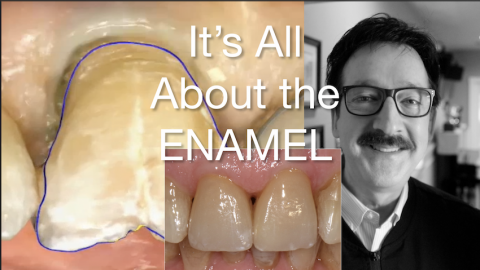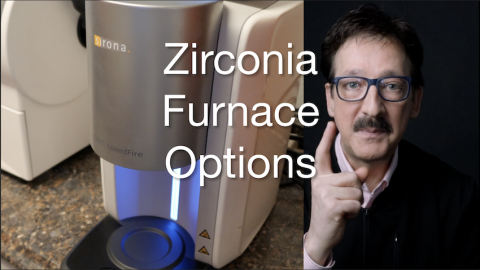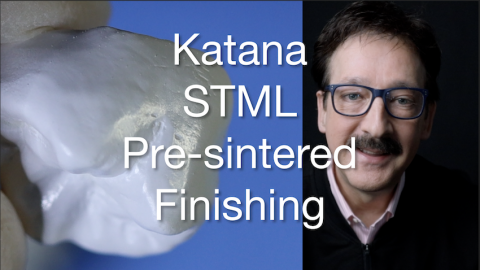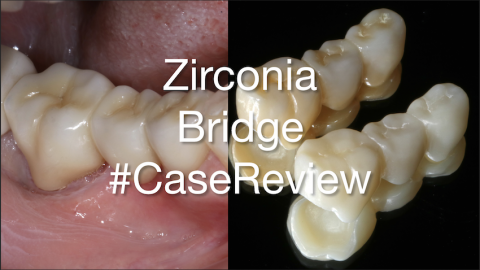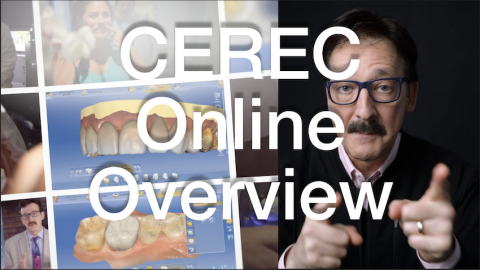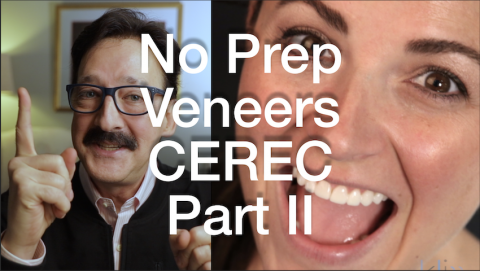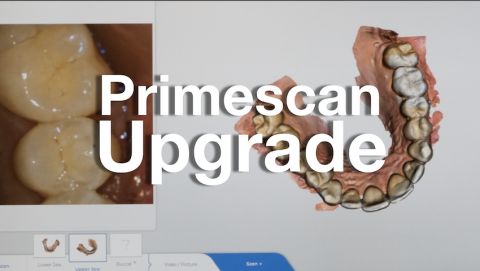The CEREC community is experiencing an exponential addition of new CAD/CAM materials. The polymer material category is one of the growing ones: this video will review applications and a polishing technique for the polymer Tetric CAD. The finishing technique conveyed in this video will work for other polymers such as Lava Ultimate, Cerasmart, Enamic, and other like materials.
- Online Training
- New Content
Submitted by James Klim DDS, CADStar Host on 04/08/2019 - 10:25pm
Submitted by James Klim DDS, CADStar Host on 03/28/2019 - 6:23am
Texturing ceramics is one of the joy crafts I enjoy most about anterior ceramics. Each patient has a unique texture fingerprint. This video demonstrates my method and steps applied to create micro-texturing and harmonizing IPS e.max.
Submitted by James Klim DDS, CADStar Host on 03/25/2019 - 9:10pm
One advantage of aesthetic multi-gradient zirconia like Katana STML, ZirCAD Multi, and ZirCAD Prime is the ability to polish and blend right out of the sintering furance. This video will provide the steps for post sintered aesthetic zirconia polishing using the JK04 using the Meisinger Zirconia Polishing Lab Kit.
Submitted by James Klim DDS, CADStar Host on 03/19/2019 - 9:36pm
Number one objective for anterior tooth upgrade treatment is addressing biofunctional demands. Biofunctional demands are often the challenge that is hard to navigate when there is advanced aging wear and tear conditions. This #cereccasereview will walk through the setup, CEREC design approach, and finished case addressing the maxillary central incisors when there is a challenging lingual wear issue.
Submitted by James Klim DDS, CADStar Host on 03/15/2019 - 9:25am
Submitted by James Klim DDS, CADStar Host on 03/10/2019 - 7:10pm
Katana STML is the first of the available chairside multi-gradient aesthetic zirconia options for chairside CEREC milling. The sintering time in the Sirona SpeedFire furnace is in the 18:00-minute range. This is an incredible fact! A significant advantage for a multi zirconia application is that the aesthetic gradient is already in the pre-milled block. All we do is choose the matching color shade, mill, and polish after sintering. This video will demonstrate the effective finishing steps for Katana STML using the Klim Institute Meisinger Zirconia Lab Kit JK04.
Submitted by James Klim DDS, CADStar Host on 03/06/2019 - 8:01am
Submitted by James Klim DDS, CADStar Host on 03/04/2019 - 7:55am
This video shares my passion for why I love providing online CEREC education. I have been so blessed by making a decision 15 years ago to integrate CEREC into my clinical theater. Fast forward to the latest Primescan! It is hard to believe how this restorative digital journey has evolved to now impacting a significant part of my daily clinical chairside care.
- Restorative Restorations
- Implant Placement (Crown Down Technique)
- Implant Restorations
- Bridges
- Removable Appliances and Splints
- Comprehensive Restorative Care
- Restorative Implant Hybrid Prosthesis
- Digital
Submitted by James Klim DDS, CADStar Host on 02/20/2019 - 11:24pm
This is the second part video for no prep veneers with CEREC. This video will emphasize how to set the case up and assure patient emotional closure for the no prep or minimal prep. It is good to understand the shade and shape limitations with a conservative approach and being able to identify those cases that will result in a successful outcome before the treatment is started.
Submitted by James Klim DDS, CADStar Host on 02/15/2019 - 4:36pm
I have had my hands on the Primescan and it is the next cornerstone for the dental digital platform. Having used most of the scanners on the market today, the Primescan is a home run for a full arch scan, edentulous rigid and the palate. Excellent for digital and printed study models. Very accurate and intuitive to use.
Though I have been pleased with Omnicam, it is more of a quadrant capturing system though I have used it for the full arch, it is not as intuitive and more technique sensitive. What the Primescan has to offer is an upgrade image capturing system and the efficient way it compresses the data. This will provide for

